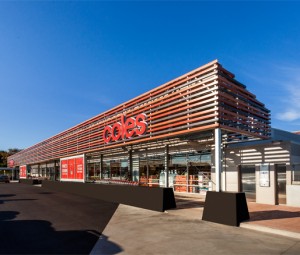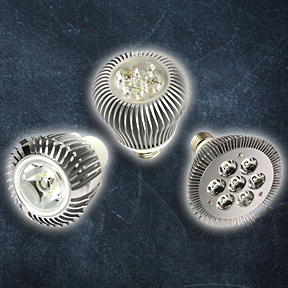How to buy good-quality LED lighting
When LED lighting first came out, quality assurance was poor and some lights expired well before their claimed lifespan.
Over the last few years, however, the quality and duration of LEDs has significantly improved. But how do you know if an LED product will last as long as it claims?
Look out for the ‘Solid State Lighting (SSL) Quality Scheme Label’
 Lighting Council Australia have created an easily searchable database of LEDs that carry the ‘SSL Quality Scheme Label’. This label tells you that an LED lighting product should perform as per the claims of the supplier.
Lighting Council Australia have created an easily searchable database of LEDs that carry the ‘SSL Quality Scheme Label’. This label tells you that an LED lighting product should perform as per the claims of the supplier.
If an electrician offers to install a brand of LED lighting in your business, search the database to see if the product is part of the SSL Quality Scheme:
EnergyCut.info/ssl-quality-scheme
To participate in this SSL Quality Scheme, companies also have to be members of Lighting Council Australia.
Look for LED lighting that comes with a guarantee
 Good quality brands offer guarantees on their LED lighting products. For LED lamps claiming to last 25,000 hours or longer, Lighting Council Australia recommends that you look for a guarantee of at least 2–3 years.
Good quality brands offer guarantees on their LED lighting products. For LED lamps claiming to last 25,000 hours or longer, Lighting Council Australia recommends that you look for a guarantee of at least 2–3 years.
If a manufacturer claims that their LED light will last for 50,000 hours, they recommend that you look for a longer guarantee of up to 5 years.
Want more information?
Lighting Council Australia have put together ‘A consumer guide to buying good quality LEDs’. This can be downloaded from EnergyCut.info/led-buying
Coles, locations around Australia
 For cross-aisle lighting, Coles replaced existing fluorescent tubes with LED tubes and changed their orientation so that they were placed across the aisles. In addition to reducing energy use, this approach means the number of lights required can be reduced by 20%. The changed orientation also allows the floor space to be used more flexibly.
For cross-aisle lighting, Coles replaced existing fluorescent tubes with LED tubes and changed their orientation so that they were placed across the aisles. In addition to reducing energy use, this approach means the number of lights required can be reduced by 20%. The changed orientation also allows the floor space to be used more flexibly.
In freezer and coolrooms, they replaced existing (typically 1.2 m 36W) fluorescent tubes with efficient (18W) LED lights resulting in an energy saving of approximately 50%. The lighting is also brighter and has a longer life leading to a significant reduction in maintenance (relamping) costs. Less relamping also means fewer disruptions to operations.[1]


